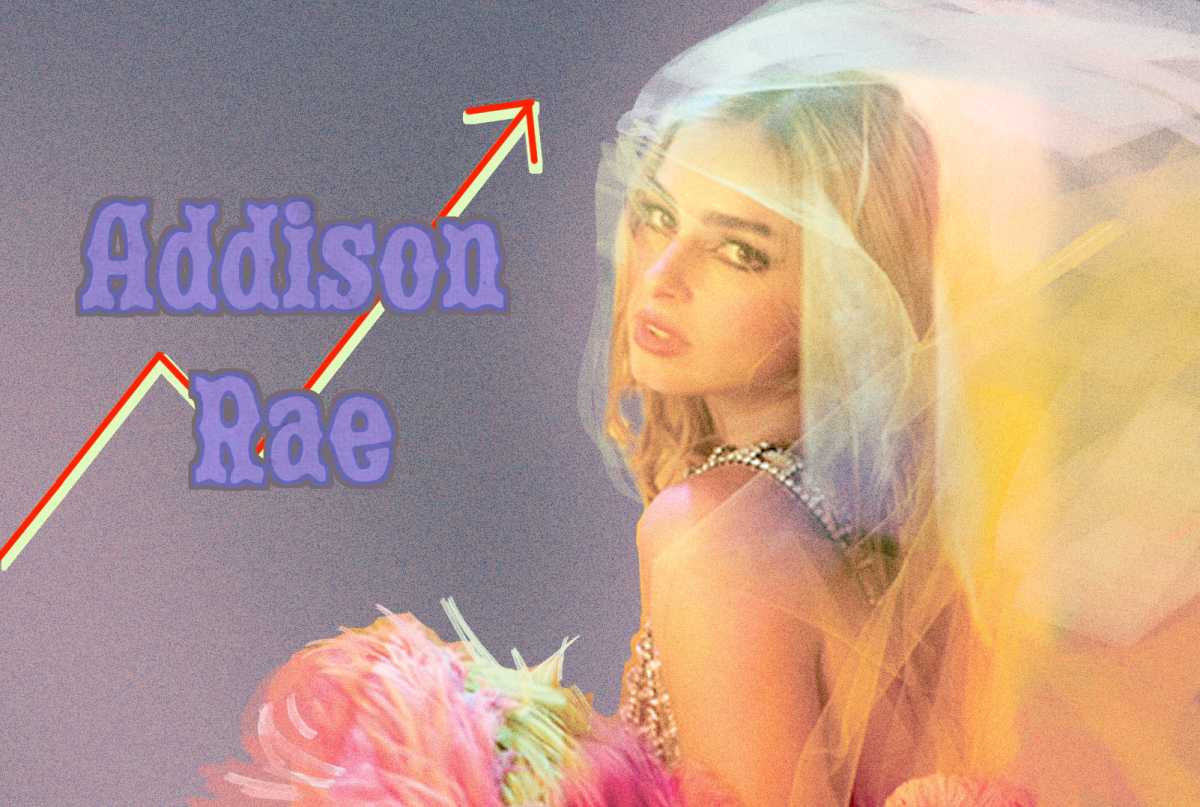Long before any of the major reli gions that we are familiar with today came to be, spiritualism pervaded the world. Along with these beliefs came colorful traditions that are practiced to this day, particularly in Africa, the Caribbean and some South American countries.
Theater of Belief is an exhibition that seeks to showcase costuming that is commonly used in ceremo nies around the world. It features the photography of Phyllis Galem bo and is on display in the African American Cultural Center on the second floor of Witherspoon Hall.
To say, though, that the exhibition is just about costumes wouldn’t do it justice.
“This costume is used in a differ ent way,” said exhibition director Roger Manley. “This is seeking the power of spirits or ancestors, and, by hiding their own faces and trans forming themselves into something else for the duration of the ceremo ny, they actually become the other figure.”
Visually, that is the only thing each costume has in common: The face of the wearer is concealed. Af ter all, they cannot truly become the spirit, that their costume represents, with their own identity intact, ac cording to Manley.
Manley said this belief in trans formation is so strong that the wear ers even seemed to gain superhu man abilities.
“Having the costume on seemed to allow the people to have a lot more stamina and energy than they would have normally,” Manley said. “They could do things like dance for five hours straight without getting tired or go all day without a drink of water.”
This deeply intense physical bond between a person and their beliefs is what Theater of Belief truly rep resents. It is something much less prevalent in other religions, specifi cally Western religions, according to Manley.
“In many cases, in our culture, a lot of what happens is in our head,” Manley said. “There’s a real need sometimes to just do something.”
According to Manley, the Theater of Belief is an outlet to physically express spiritual feelings.
Though these beliefs and rituals may seem like they belong to a world long gone, they are actually more alive than ever and have simply adapted with the times, according to Manley.
“Almost everywhere has been explored now,” Manley said. “It’s hard to find a mountain or an is land that hasn’t been visited, so we have this impression that a lot of old traditions are kind of going away, but they’re not. If anything, they’re becoming more intensified — the need to transform is, in some ways, bigger than ever.”
Manley goes on to describe the transition of spiritualism in the modern world.
“Two-hundred years ago, they were making the big wooden masks that everybody thinks of, and they still are,” Manley said. “It’s just that they’re using what they’ve got to work with. They’re using different materials. It’s not going away; it’s just changing.”
It is difficult to imagine traditions such as these have persisted for so long in a world constantly chang ing, but Theater of Belief proves just that. It provides a glimpse into an intriguing culture that doesn’t receive enough attention.




